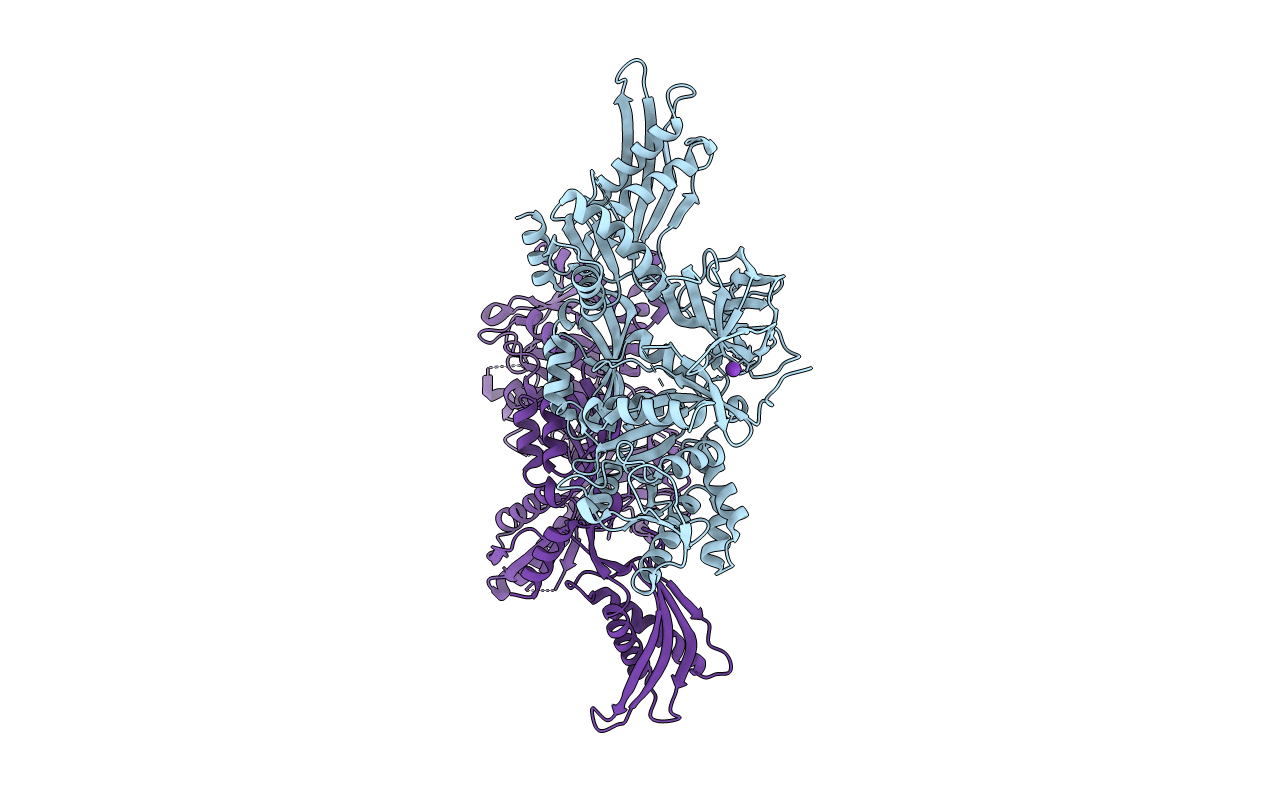
Deposition Date
2010-05-19
Release Date
2010-07-14
Last Version Date
2023-12-20
Entry Detail
PDB ID:
2XEX
Keywords:
Title:
crystal structure of Staphylococcus aureus elongation factor G
Biological Source:
Source Organism:
STAPHYLOCOCCUS AUREUS (Taxon ID: 1280)
Host Organism:
Method Details:
Experimental Method:
Resolution:
1.90 Å
R-Value Free:
0.22
R-Value Work:
0.18
R-Value Observed:
0.18
Space Group:
P 1 21 1


